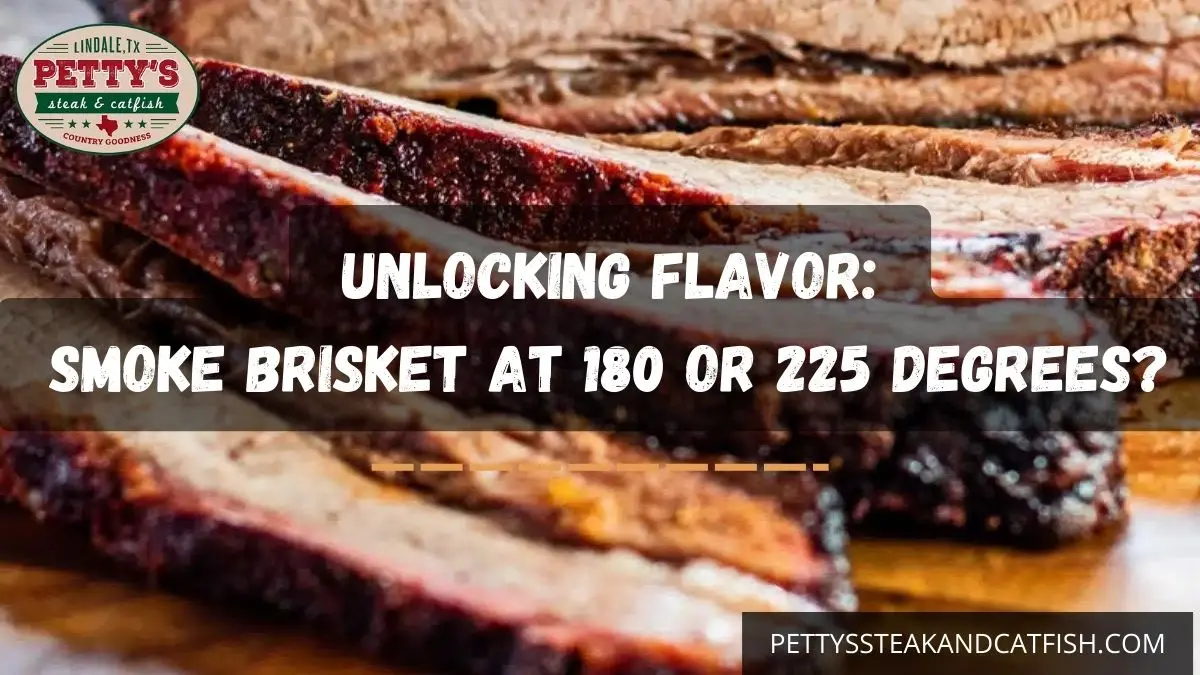Are you a fan of tender, juicy, and flavorful brisket? If so, then you're in for a treat! In this guide, we will dive into the world of smoked brisket and how to achieve the perfect results using a Traeger grill.

What is Smoked Brisket?
Brisket is a cut of beef that comes from the lower chest of the animal. It is known for its rich marbling and tough texture. However, when cooked low and slow, it becomes incredibly tender and flavorful. Smoking brisket involves cooking it at a low temperature over a long period of time, allowing the meat to absorb the smoky flavors from the wood pellets.
Why Use a Traeger Grill?
Traeger grills are renowned for their versatility and ease of use. These pellet grills use hardwood pellets as fuel, which not only adds a distinct smoky flavor to the meat but also offers a consistent temperature throughout the cooking process. The temperature can be easily controlled using the digital control panel, allowing you to achieve the perfect level of doneness.
Step 1: Choosing the Right Brisket
The first step to smoking a delicious brisket is selecting the right cut of meat. Look for a brisket with good marbling and a thick layer of fat on one side. This fat will render down during the cooking process, keeping the meat moist and adding flavor.
Step 2: Preparing the Brisket
Before you start smoking, it's essential to prepare the brisket properly. Trim any excess fat, leaving about a quarter-inch layer to protect the meat during the long cooking process. Season the brisket generously with your favorite rub, ensuring that every inch of the meat is coated.
Step 3: Preheating the Traeger Grill
Preheat your Traeger grill to 225°F (107°C) and allow it to come to temperature. This low and slow cooking method will result in a tender and flavorful brisket. Make sure to fill the hopper with your preferred hardwood pellets, such as hickory or oak, to infuse the meat with a delicious smoky flavor.
Step 4: Smoking the Brisket
Place the seasoned brisket directly on the grill grates, fat side up. Close the lid and let the magic happen. It's important to resist the temptation to open the lid frequently, as this will cause temperature fluctuations and increase the cooking time. Let the Traeger do its job and maintain a consistent temperature throughout the process.
Step 5: Monitoring and Adjusting
During the smoking process, it's crucial to monitor the internal temperature of the brisket using a meat thermometer. The ideal temperature for a smoked brisket is around 203°F (95°C). Once the brisket reaches this temperature, it's time to remove it from the grill and let it rest for at least an hour before slicing.
- Can I smoke a brisket on a different type of grill?
- How long does it take to smoke a brisket?
- Should I wrap the brisket in foil?
While a Traeger grill offers excellent results, you can also smoke a brisket on other types of grills, such as offset smokers or charcoal grills. The key is to maintain a consistent temperature and use wood chips or chunks for the smoky flavor.
Smoking a brisket is a time-consuming process. On average, it takes around 1 to 5 hours per pound of meat. So, for a 10-pound brisket, you can expect it to take anywhere from 10 to 15 hours.
Wrapping the brisket in foil, also known as the Texas crutch, can help speed up the cooking process and keep the meat moist. However, it will result in a softer bark. It's a matter of personal preference whether to wrap or not.
Smoking a brisket on a Traeger grill is a delightful experience that results in tender, juicy, and flavorful meat. By following the steps outlined in this guide, you'll be able to achieve the perfect smoked brisket every time. So fire up your Traeger and get ready to impress your friends and family with your BBQ skills!
If you want to know other articles similar to Smoked brisket on traeger: the ultimate guide you can visit the Cooking category.


Related Articles